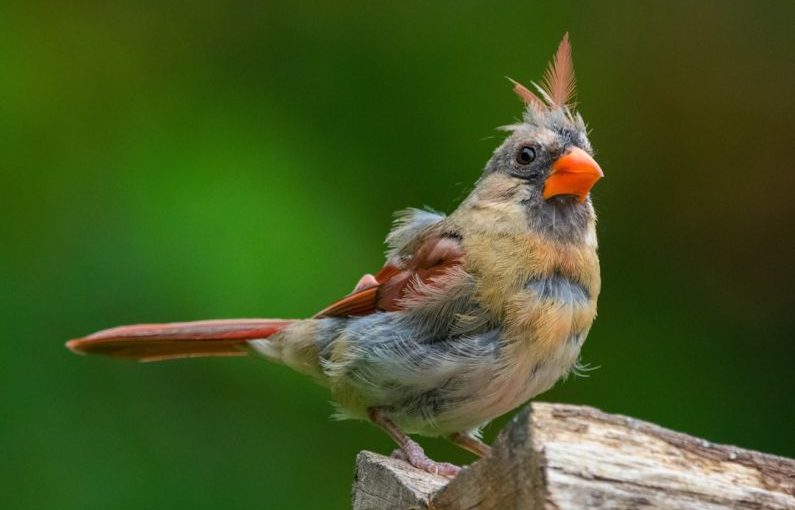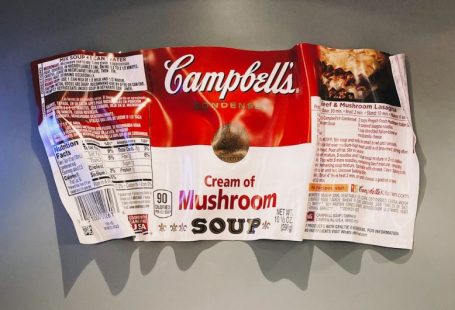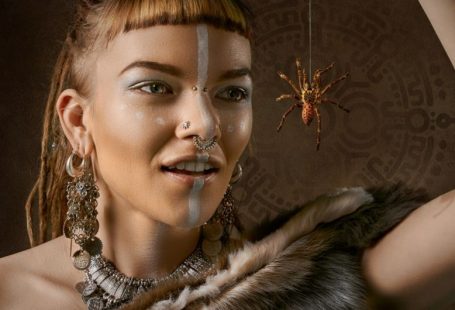Molting is a natural process that small mammals undergo to shed old fur and grow new, healthy fur. While it may not be as commonly discussed as in larger animals, molting plays a crucial role in the health and well-being of small mammals. Understanding what to expect during molting can help pet owners better care for their furry companions and ensure a smooth transition for their pets.
The Molting Process
Molting, also known as shedding, is the process by which small mammals shed their old fur to make way for new fur growth. This cycle typically occurs in response to changes in temperature, daylight hours, or hormonal shifts. The frequency and duration of molting can vary depending on the species of small mammal, but most will go through several molting cycles throughout the year.
Signs of Molting
Small mammals exhibit various signs when they are going through the molting process. One common sign is increased grooming behavior. Animals may spend more time grooming themselves to help remove loose fur and facilitate the shedding process. Additionally, pet owners may notice an increase in fur shedding during this time, as old fur is pushed out to make way for new growth.
Changes in Fur Texture
During molting, small mammals may experience changes in the texture and appearance of their fur. Old fur may appear dull or dry, while new fur growth tends to be softer and shinier. This transition can sometimes result in a patchy or uneven fur coat as new fur replaces the old. It is important for pet owners to monitor their pets’ fur condition during molting to ensure that the process is proceeding smoothly.
Nutritional Needs
Proper nutrition plays a crucial role in supporting small mammals through the molting process. During molting, animals require additional nutrients to support healthy fur growth. Pet owners should consider adjusting their pets’ diet to include foods rich in essential fatty acids, proteins, and vitamins that promote healthy skin and fur. Consulting with a veterinarian can help determine the best diet for small mammals during molting.
Assisting the Molting Process
While molting is a natural process, there are steps pet owners can take to help their small mammals through this transition. Regular grooming can help remove loose fur and prevent matting, which can be uncomfortable for pets. Providing a balanced diet and ensuring access to fresh water are also essential for supporting healthy fur growth during molting. Additionally, creating a stress-free environment can help minimize any disruptions to the molting process.
Monitoring Health
During molting, it is important for pet owners to monitor their small mammals for any signs of health issues. Excessive hair loss, skin irritation, or changes in behavior could indicate underlying health concerns that require veterinary attention. Regular health checks and grooming sessions can help pet owners stay informed about their pets’ well-being during molting.
Embracing the Change
As small mammals go through the molting process, pet owners should embrace the change and support their pets through this natural cycle. Understanding what to expect during molting can help pet owners provide the necessary care and attention to ensure their pets’ well-being. By monitoring fur condition, adjusting diet as needed, and providing a nurturing environment, pet owners can help their small mammals transition smoothly through the molting process.
In conclusion, molting is a natural and essential process for small mammals that allows them to maintain healthy fur and regulate body temperature. By being aware of the signs of molting, supporting proper nutrition, assisting the shedding process, monitoring health, and embracing the change, pet owners can ensure that their small mammals transition through molting with ease. Through attentive care and a supportive environment, small mammals can thrive during this natural cycle.





